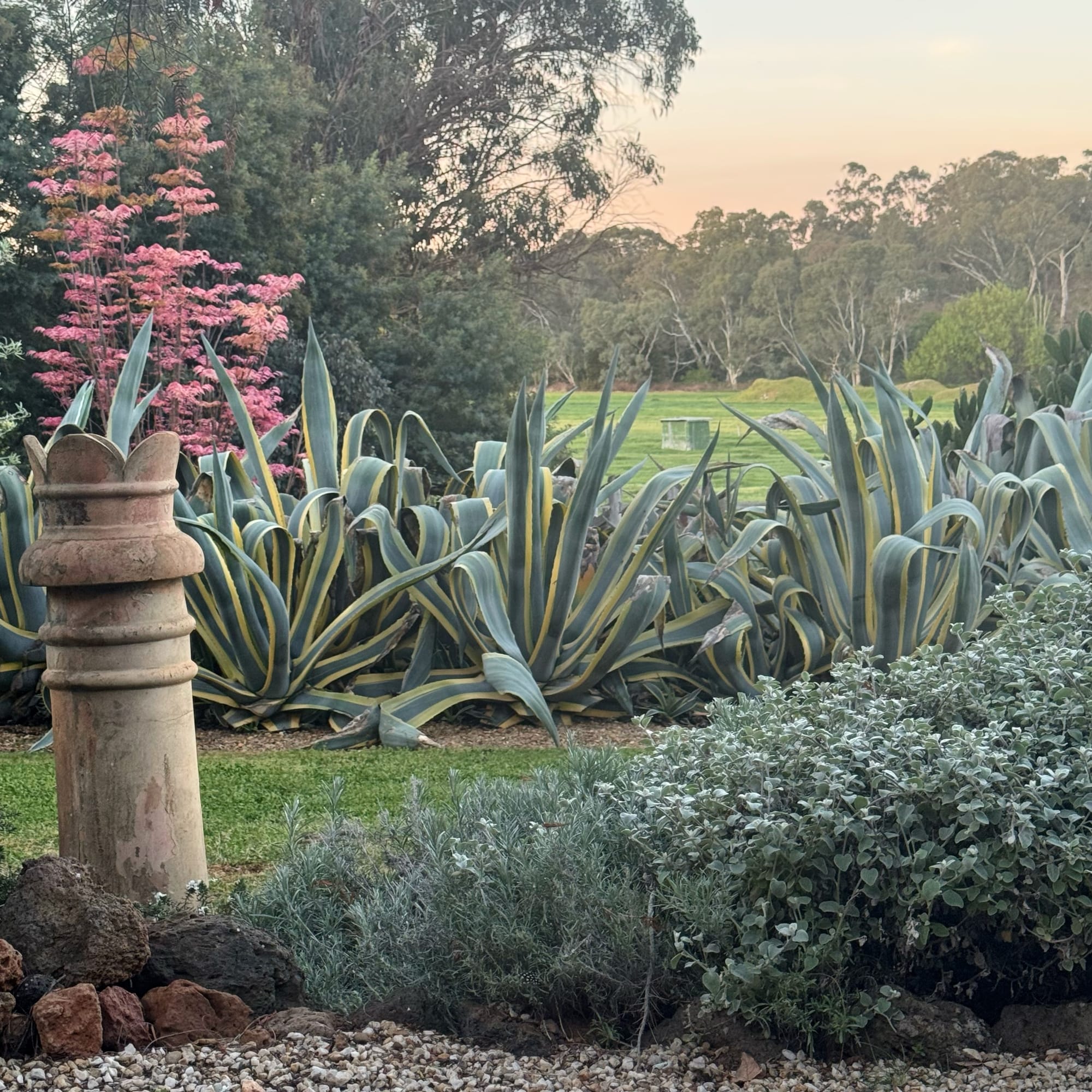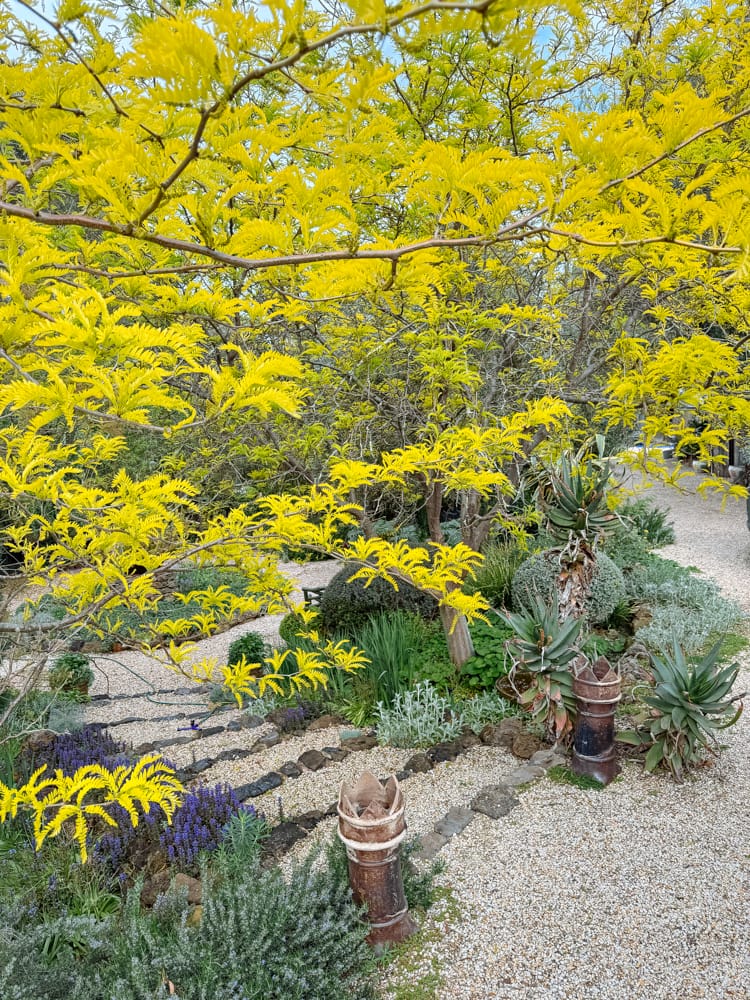
Gardening in a drought-prone place of temperature extremes is not for the faint-hearted, but Jeremy Valentine loves a challenge. Here’s the latest instalment of In the Weeds, his monthly newsletter for Galah.
I’ve come to understand that not all gardens are in tune with their environment or in harmony with their surroundings. For us, at our 1850s bolthole from the world, the quest has always been to create a meaningful sense of place. The garden simply came along for the ride.
It was a cold, still, quiet day when we first arrived at The Stones – the kind of day when you might hear the tiny feet of wrens in the undergrowth, if it weren’t for the thrum of bees in the rosemary. Everything whispered of the past, of well-trodden ground. Even without a garden, the place felt anchored, like the affectionate hug of old friends. Straight away, we knew it was meant to be.
That certain something was what we’d been searching for. I’m a firm believer in that kind of intuition, especially when it comes to finding somewhere to call home.
The house and outbuildings tell their own story, as do the ancient walnuts, the wedding-gift roses planted by former owners, and the bones they laid out across what were once feral paddocks. Together they are the threads in the tapestry of this place.
In creating the garden, it felt like adding a verse to a melody someone else had written long ago. But before we could add our notes, we had to learn the tune. Without it, all we’d be making was a garden, not a sense of place.
We didn’t know that at first. We were novices – more enthusiasm than nous – throwing ideas about with careless abandon. Some settled. Others looked absurd, at odds with their surroundings. Within our first week I bought two elaborate urns and planted them with bougainvilleas, doomed by the first frost. The urns belonged on the verandah of a much grander house. They looked rude sitting there – all posh and pompous – on the toes of a home that didn’t need to boast to be beautiful.
So we stepped back. Slowed down. Paid attention. We watched how the seasons moved, how the light shifted across the paddocks, and listened to what the place was whispering.
I devoured every book by Edna Walling I could find, soaking up her thoughts on quiet, humble gardens. I learned about the geology – how volcanoes shaped the valley, how the rocks and waters worked their own mysteries. I read histories of the Dja Dja Wurrung, and of the settlers who turned the land upside down for gold, their makeshift towns that never took flight, now swallowed by bush. We spoke to the old-timers, heard their stories, studied the photos and tales of the Garseds, who lived for generations at The Stones. We lived through droughts and floods and everything between.
Slowly, we began to understand the melody of the place, and the many small notes within it. Without quite realising, we were shaping more than a garden. We were shaping a place where everything, somehow, fits.
Australia's pinkest, dottie-est, most glorious magazine goes on sale this Monday 3 November. Seek out Issue 13 at your local stockist or order up online and get your present cupboard stocked up for Christmas.
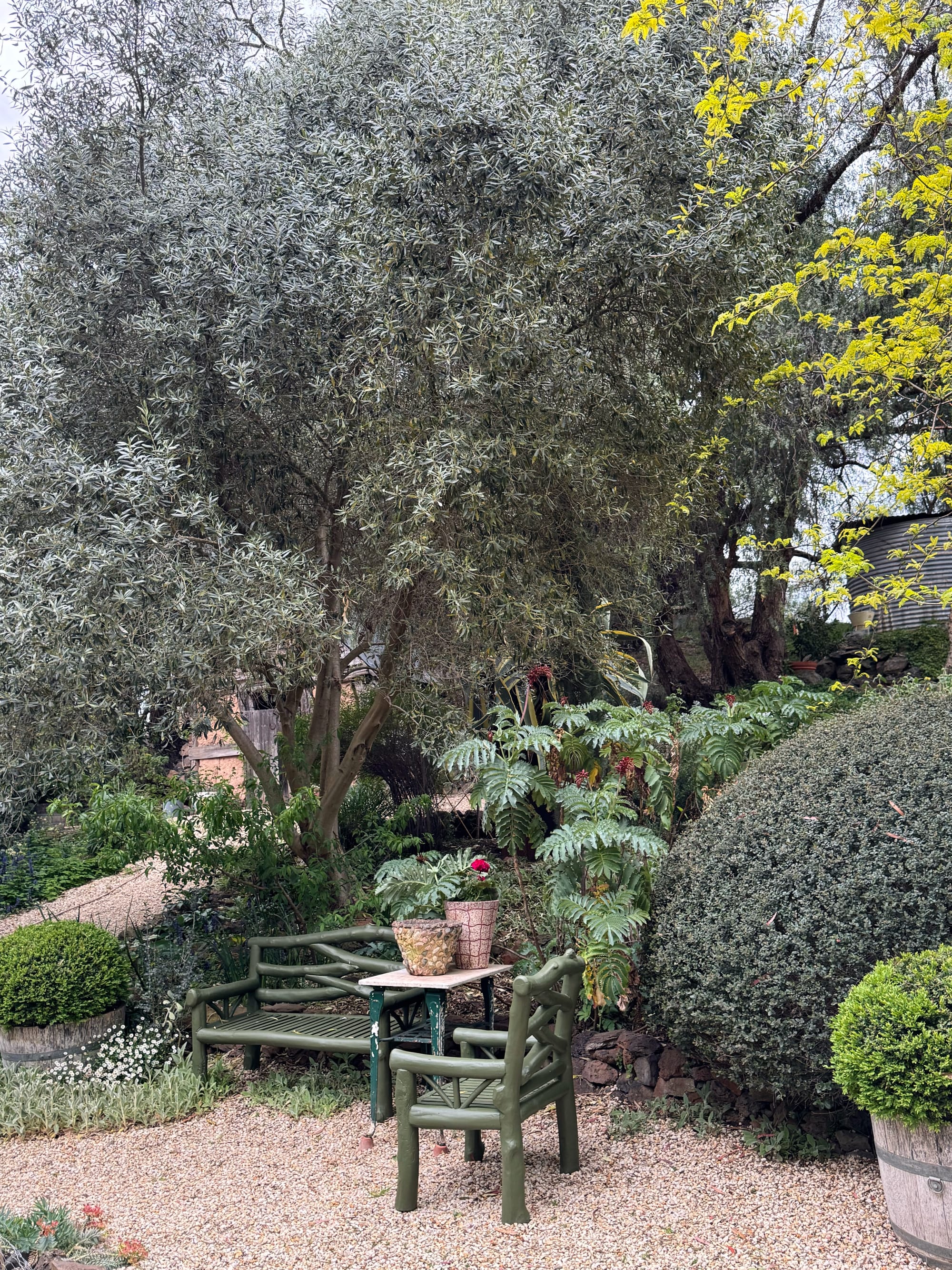
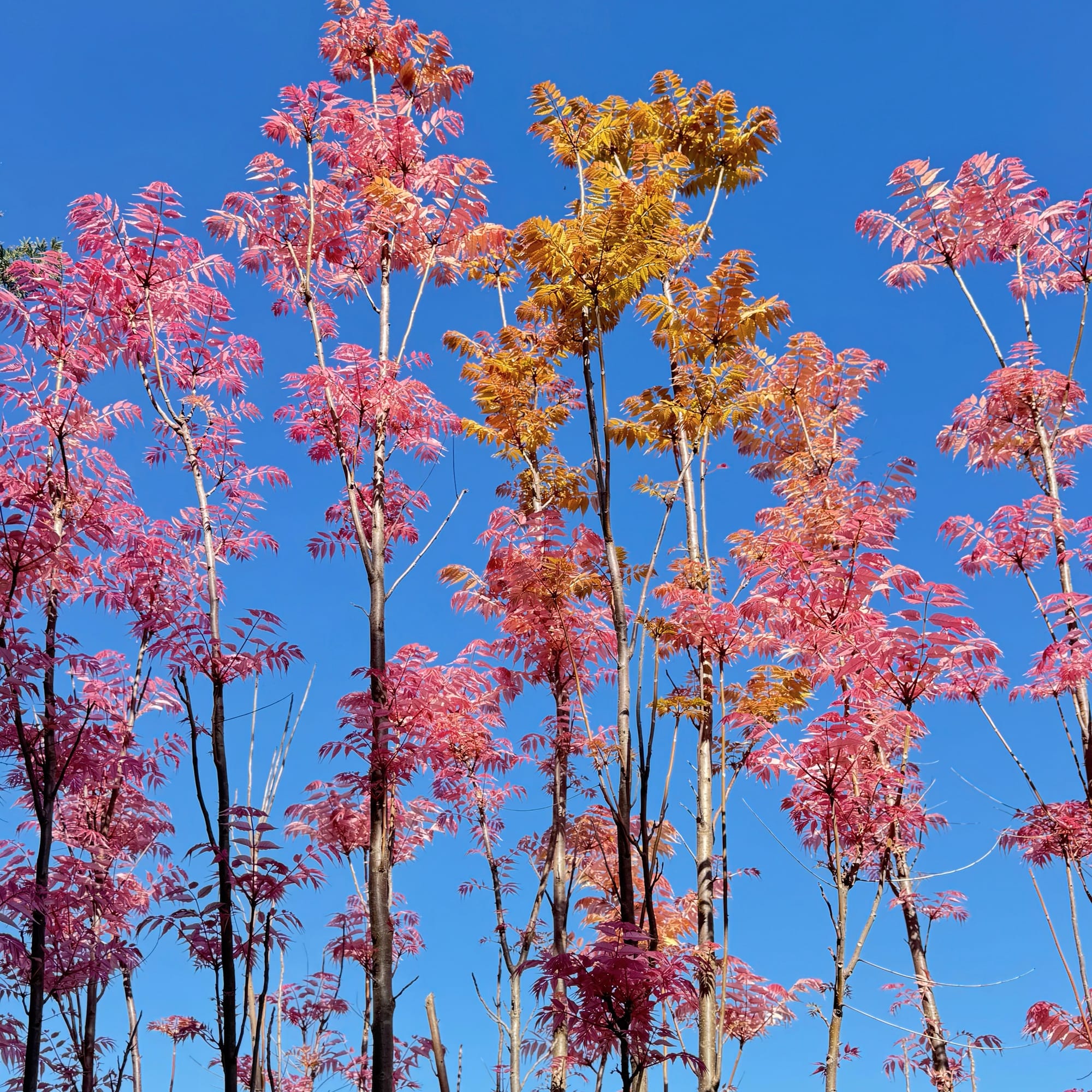

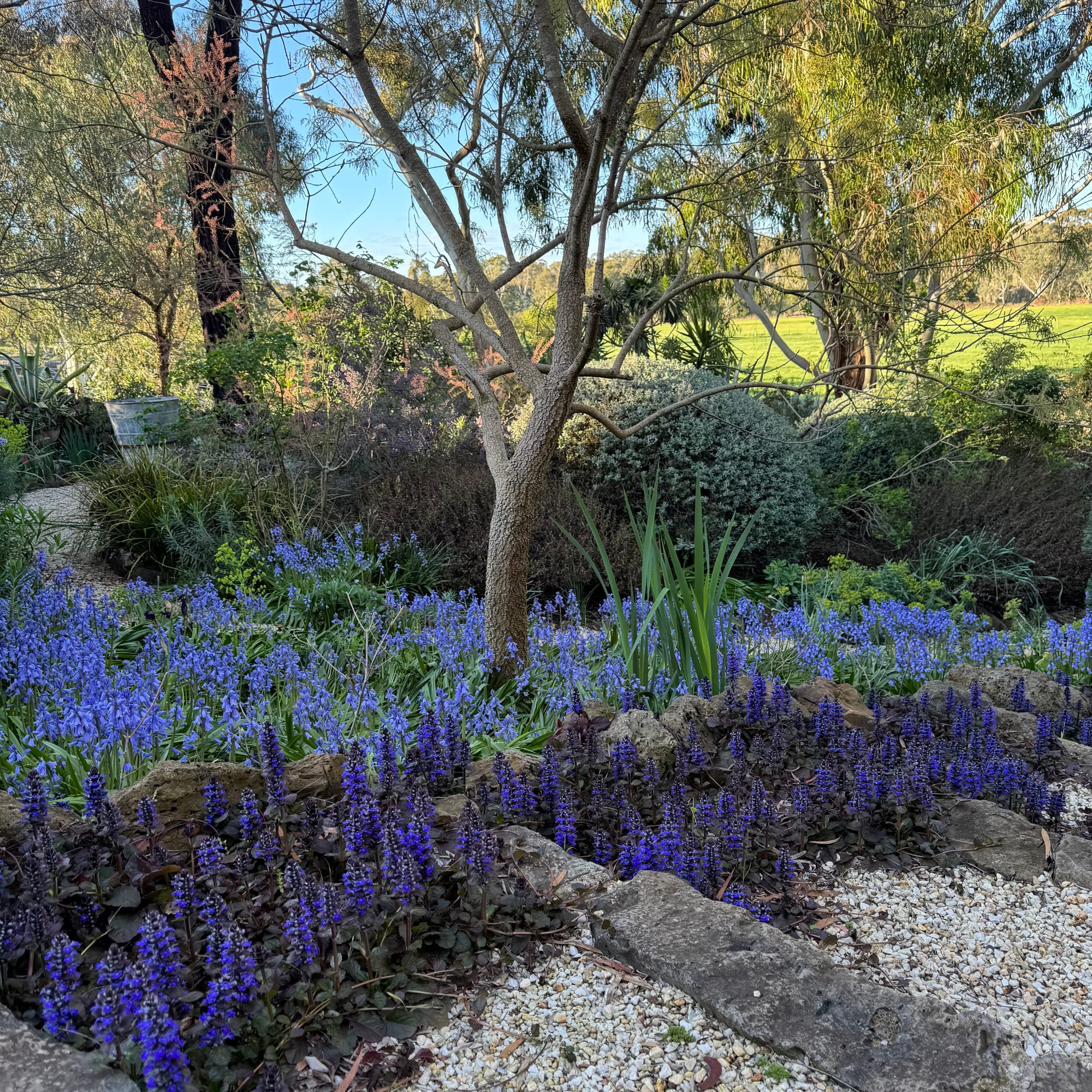
Catch up on Jeremy's previous stories here or find him on Instagram at @thestonescentralvictoria
